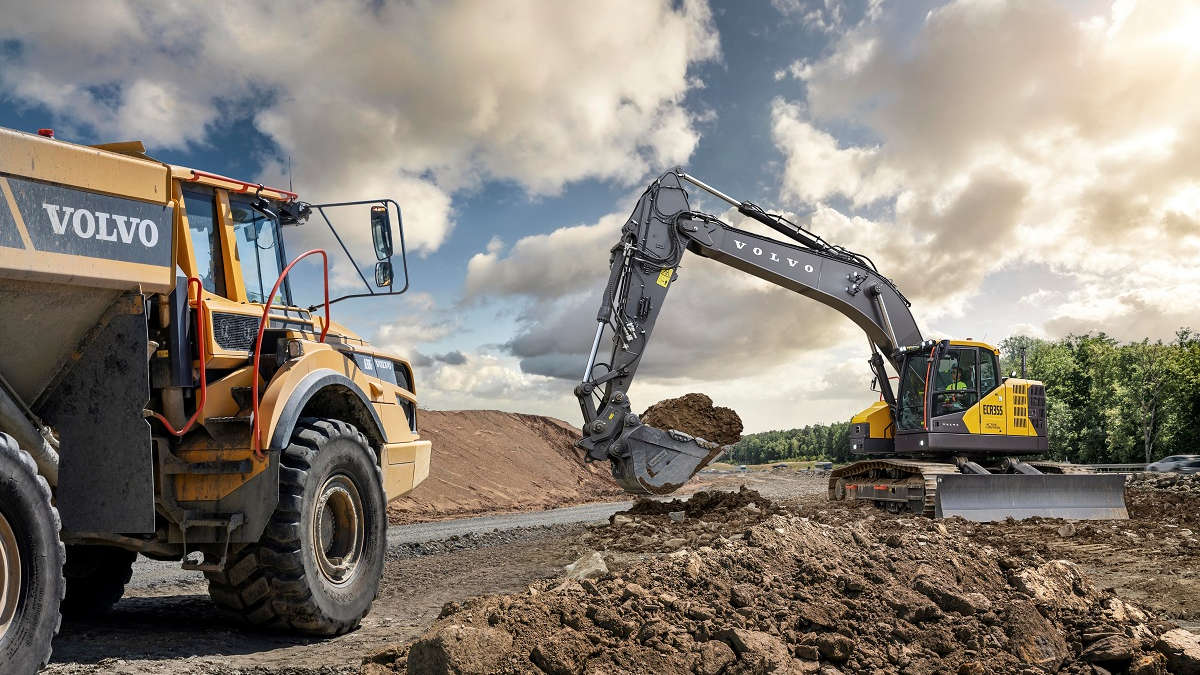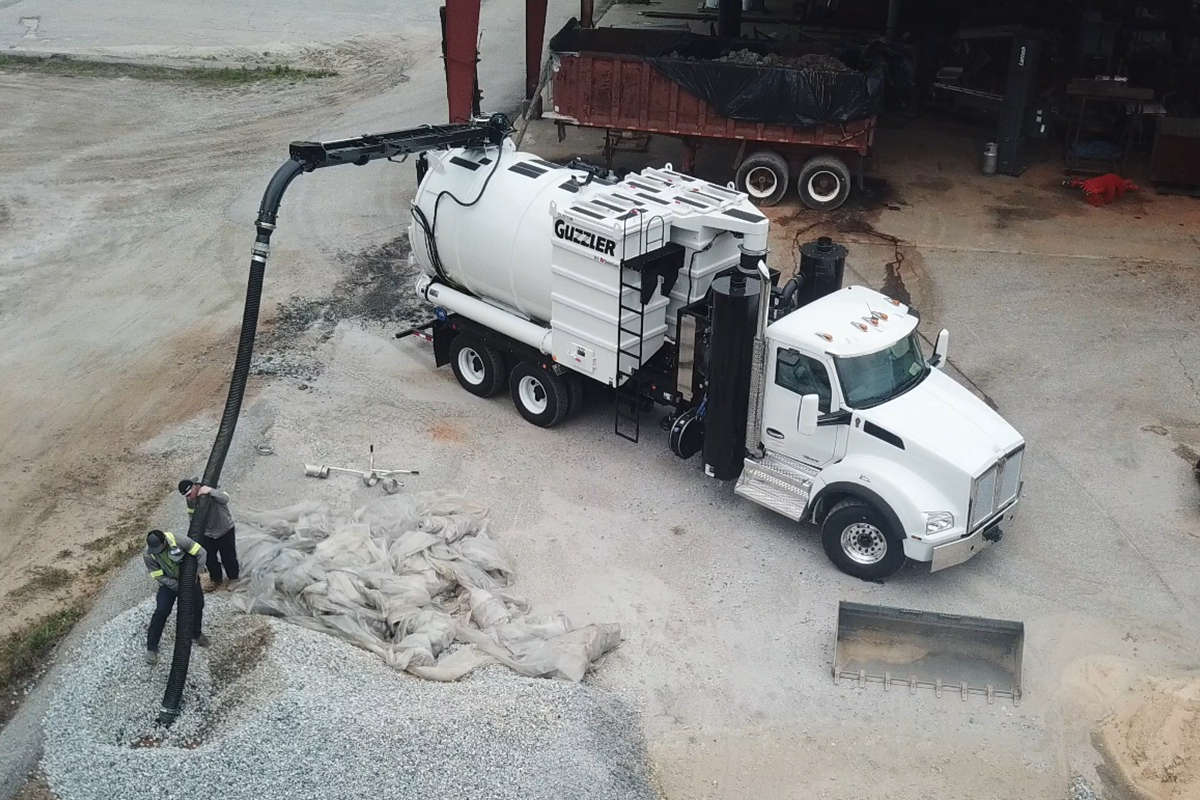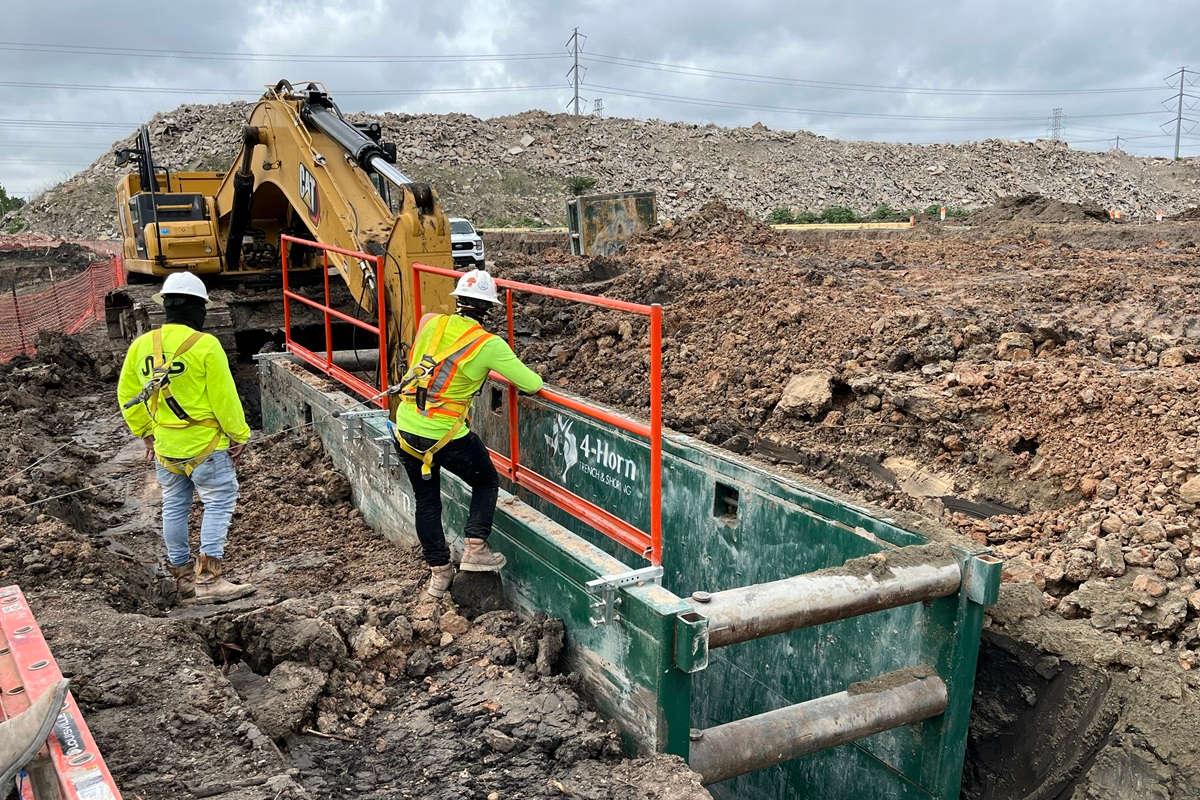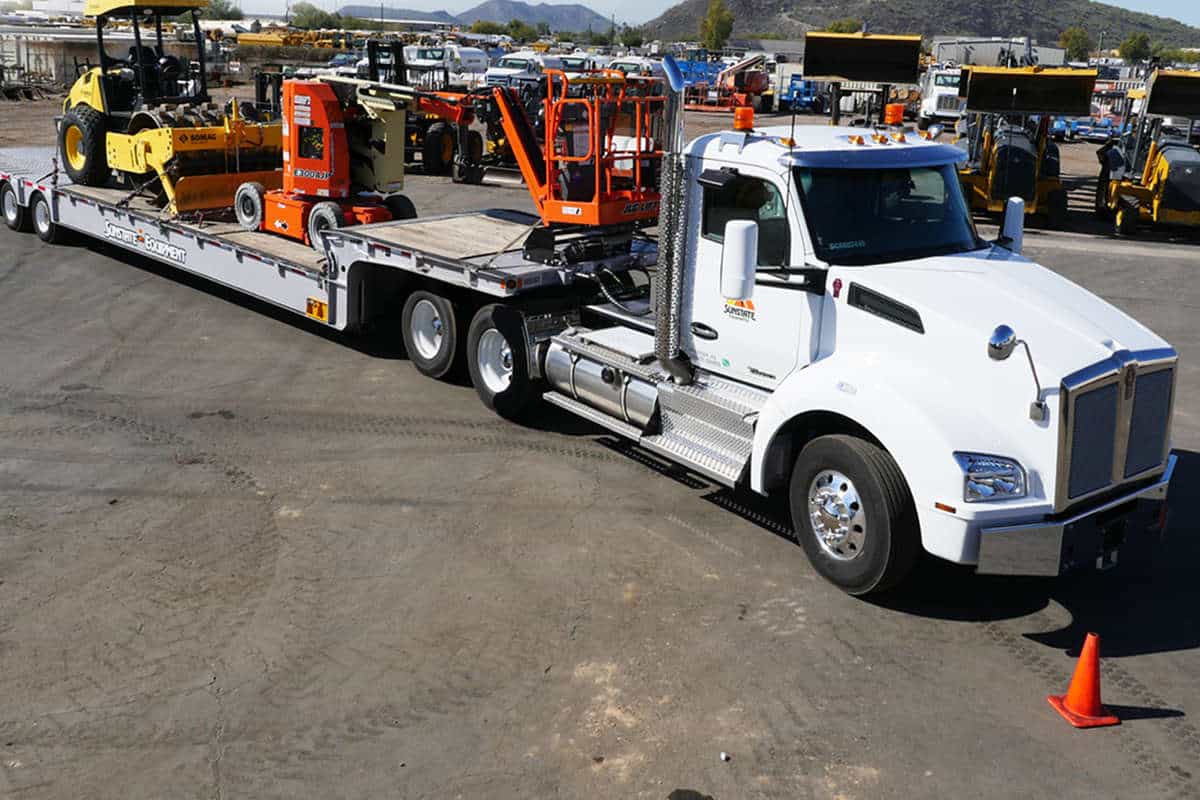Tips for Locating Underground Utilities Before Excavation Work
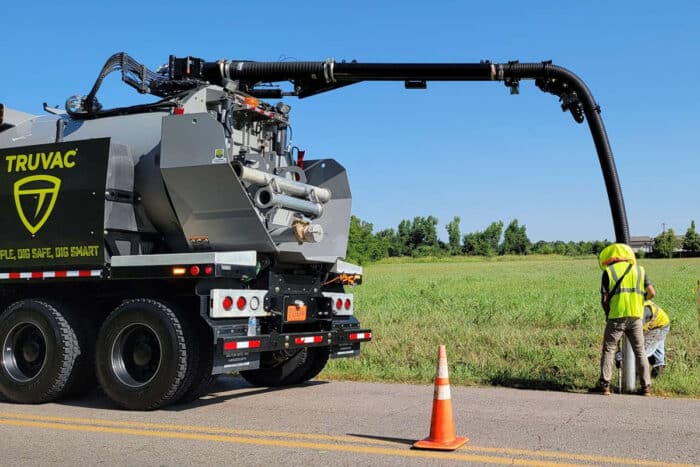
Municipal infrastructure managers and maintenance crew chiefs face growing challenges when it comes to safely performing excavation, digging or maintenance work. With an ever-expanding web of underground utilities, including water, sewer, drainage, fiber, electrical and gas lines, the risk of damaging critical infrastructure has never been higher.
Even a minor misstep can result in service outages, costly repairs and serious safety hazards for workers and the surrounding community.
One of the core challenges is the unpredictable nature of underground infrastructure. Utilities laid decades ago may not appear on modern maps, and even recent installations may not be accurately recorded. Relying solely on utility records often leads to confusion due to incomplete or outdated information. Compounding the issue, inaccurate line markings can mislead crews, especially in high-density utility corridors or areas with tough, compacted soils.
To counter the difficulties, here are a few important tips for locating utilities safely and efficiently:
- Use a layered approach. Initial steps include consulting 811 utility locator services and reviewing GIS records where available. However, even these important steps should be considered starting points. For example, it’s not unusual for utility location markers to be off by several feet, meaning that proceeding blindly to dig based on a surface flag may result in either missing the utility line completely, or damaging it or others in the vicinity. Also, depth of utilities can vary greatly depending on local codes, past projects, or even erosion—so never assume a uniform depth across a site.
- Consider hydro excavation. This non-destructive process uses pressurized water and a vacuum system to break up and remove soil with precision. It allows crews to expose underground lines without mechanical digging, significantly lowering the risk of striking vulnerable assets like fiber-optic cables, gas mains and water pipes. Hydro excavation is particularly valuable in areas with dense or rocky soils, where traditional tools may struggle or pose higher risk.
- Employ test holing. To achieve the most precise utility information, crews may perform test holing to expose the horizontal and vertical location of utilities. Test holing, also known as potholing, involves carefully exposing utilities by digging small exploratory holes, often using hydro excavation to confirm exact depth and position. This process is essential for validating locator data and should be performed before major excavation begins. In terms of equipment, TRUVAC offers a selection of hydro excavation products to meet Subsurface Utility Engineering’s (SUE) highest standards for safe excavation.
- Remember basic best practices. Beyond technology, caution and crew training remain essential. Regularly updated protocols and checklists, jobsite walk-throughs and proper use of personal protective equipment are all vital to ensuring worker safety and utility protection. Additionally, coordinating with utility companies and conducting onsite utility test holing before full-scale excavation can identify hidden lines and confirm line depth and location.
Hydro excavation equipment manufacturers may also offer their customers resources like TRUVAC’s Ask the Expert feature to support safe and efficient use of their equipment for locating and working around underground utilities.
By combining careful planning, modern tools like hydro excavation and a safety-first mindset, municipalities can avoid costly accidents and keep infrastructure maintenance projects on schedule and within budget. To learn how TRUVAC helps protect crews and critical infrastructure during every dig, visit TRUVAC.com.

